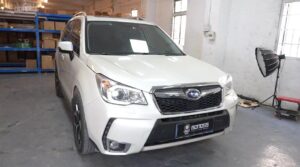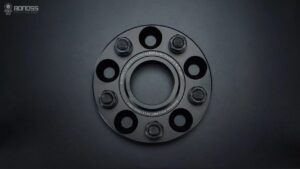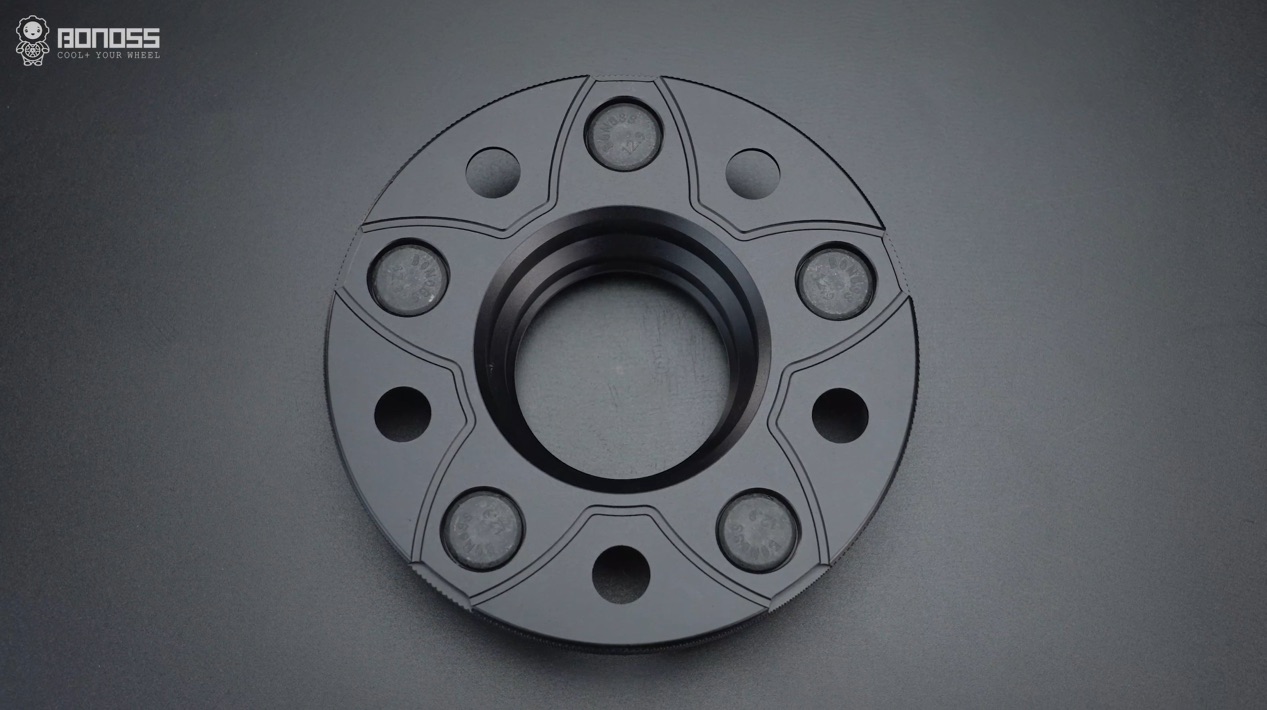If you own a Subaru Forester, you may have considered installing wheel spacers to improve the appearance and performance of your vehicle. Wheel spacers are metal discs that fit between the wheel hub and the wheel, creating a gap that pushes the wheel outwards. This can enhance the stance and stability of your car, as well as allow you to fit larger tires and brakes.
But how do you choose the right size of Subaru Forester wheel spacers? There are several factors to consider, such as the bolt pattern, the hub bore, the thickness, and the offset of your wheels. In this post, we will explain these terms and give you some tips on how to select the optimal wheel spacers for your needs.

Which size of Subaru Forester wheel spacers is better?
Choosing the right size of Subaru Forester wheel spacers depends on several factors: bolt pattern, hub bore, thickness, and offset. You need to check these specifications for your wheels, hubs, and spacers before making a purchase. You also need to measure how much clearance you have between your wheels and your car body to avoid rubbing issues. Generally, the PCD of 2018-2023 Subaru Forester is 5×114.3, CB is 56.1, and the thickness we recommend 18 to 25mm.
Bolt pattern: The bolt pattern is the number and arrangement of bolts or studs that secure the wheel to the hub. For example, a 5×100 bolt pattern means that there are five bolts evenly spaced around a circle with a diameter of 100 mm. The bolt pattern of your wheel spacers must match the bolt pattern of your wheels and hubs, otherwise they will not fit.
The Subaru Forester has a 5×100 bolt pattern for most models from 1998 to 2018. However, some models from 2019 onwards have a 5×114.3 bolt pattern. Therefore, you need to check your specific model year and trim level before buying wheel spacers.
Hub bore: The hub bore is the diameter of the hole in the center of the wheel or spacer that fits over the hub. The hub bore of your wheel spacers must be equal to or larger than the hub bore of your hubs, otherwise they will not fit. The hub bore of your wheels must be equal to or smaller than the hub bore of your spacers, otherwise they will not be centered.
The Subaru Forester has a hub bore of 56.1 mm for most models from 1998 to 2018. However, some models from 2019 onwards have a hub bore of 60.1 mm. Therefore, you need to check your specific model year and trim level before buying wheel spacers.
Thickness: The thickness is the distance between the inner and outer surfaces of the wheel spacer. The thickness determines how much the wheel is pushed outwards from the hub. The thicker the spacer, the more aggressive the stance and the wider the track width of your car.
However, there are some drawbacks to using too thick spacers. They can cause rubbing issues with your fenders, suspension components, or brake calipers. They can also increase the stress on your wheel bearings and affect your steering geometry and alignment. Therefore, you need to measure how much clearance you have between your wheels and your car body before buying wheel spacers.
A general rule of thumb is to use spacers that are half or less than half of your available clearance. For example, if you have 20 mm of clearance between your wheels and your fenders, you can use spacers that are 10 mm or less in thickness.
Offset: The offset is the distance between the centerline of the wheel and the mounting surface of the hub. The offset affects how far in or out the wheel sits relative to the car body. A positive offset means that the wheel is closer to the car body, while a negative offset means that the wheel is further away from the car body.
The offset of your wheels also determines how much clearance you have between your wheels and your car body. A lower offset means that you have less clearance and may need thinner spacers or none at all. A higher offset means that you have more clearance and may need thicker spacers or none at all.
The Subaru Forester has an offset range of +38 to +55 mm for most models from 1998 to 2018. However, some models from 2019 onwards have an offset range of +40 to +50 mm. Therefore, you need to check your specific model year and trim level before buying wheel spacers.

Which Subaru Forester wheel spacers are best for your car?
BONOSS Subaru Forster wheel spacers are best for your car. They are high-quality wheel spacers made from 7075-T6 and 6061-T6 forged aluminum alloy. The equipped wheel studs are ISO grade 12.9 and the wheel nuts are ISO grade 10. You can see that the studs and nuts are the only things securing the wheel and wheel hub. If they are not tough and hard enough, the wheel may fly away when you drive at a high speed. Utilizing high-quality spacers, studs and nuts is necessary for the safety of your vehicle.
Besides, BONOSS Subaru Forester wheel spacers are famous for their active cooling structures. there are heat dissipation grooves behind the spacers which can boost the cooling efficiency and reduce brake thermal decay. The faster the car runs, the quicker air flows in the grooves hence the cooling effect will be functional. This design also helps to prolong the lifespan of the brake kits.






